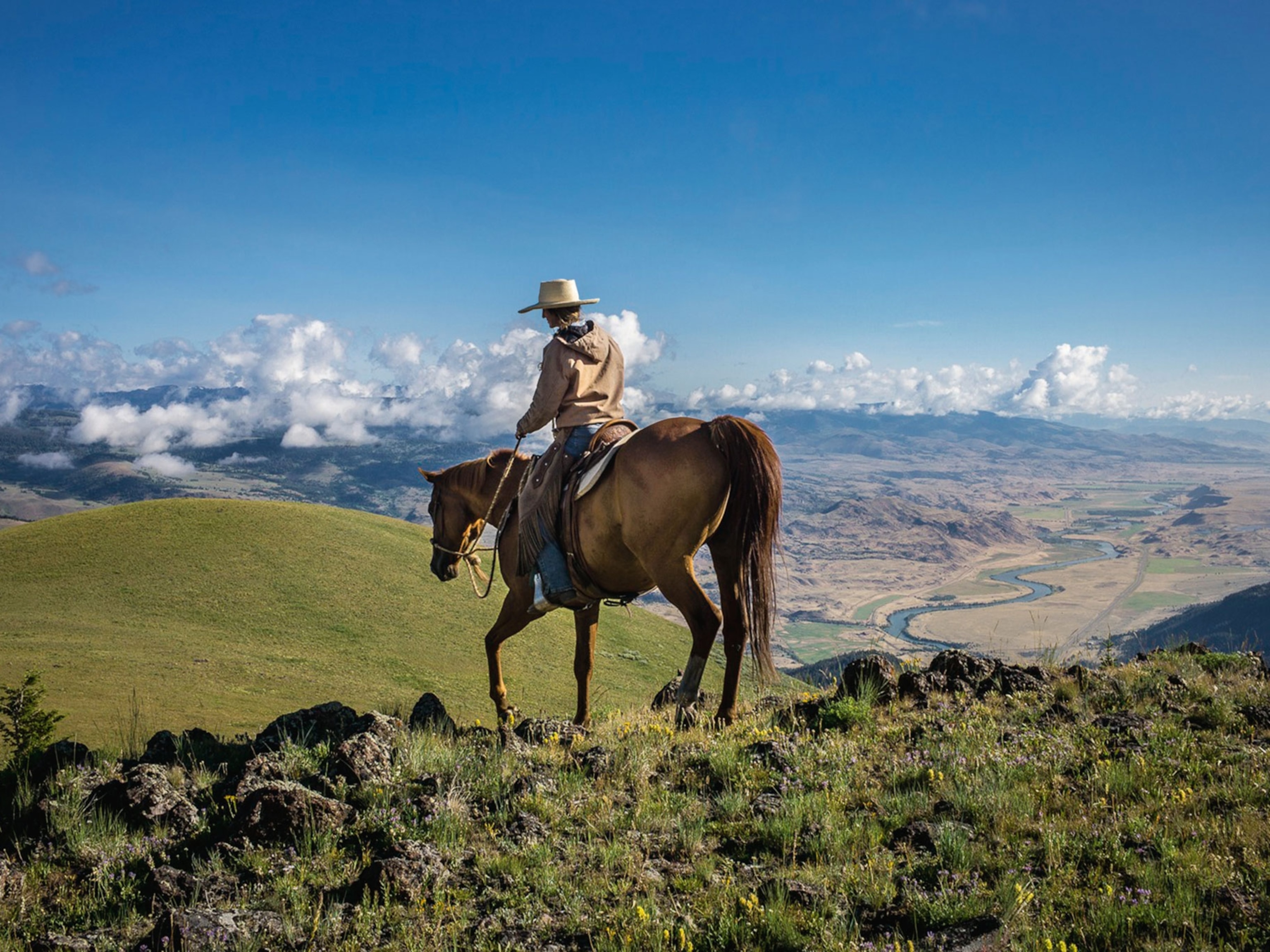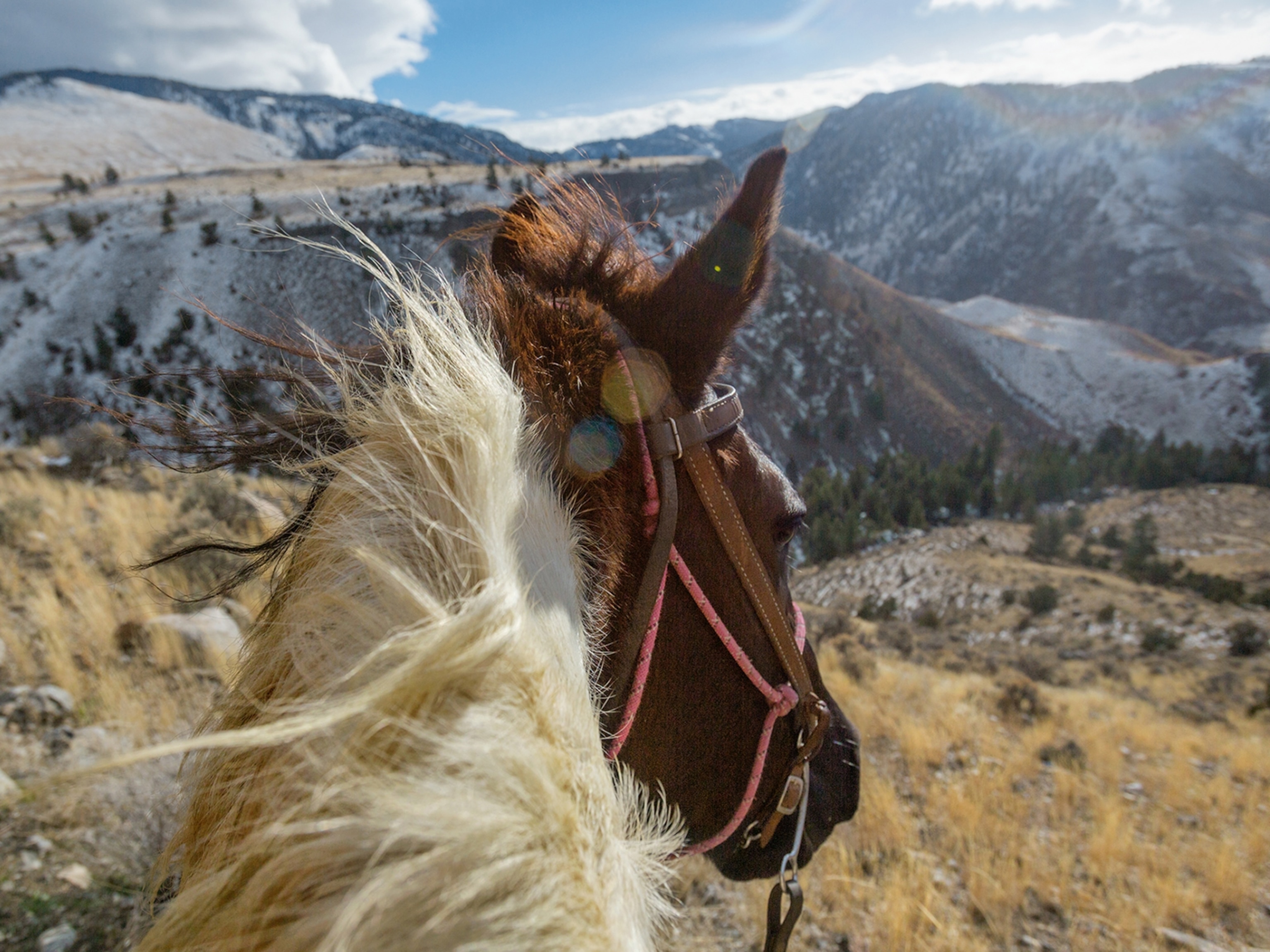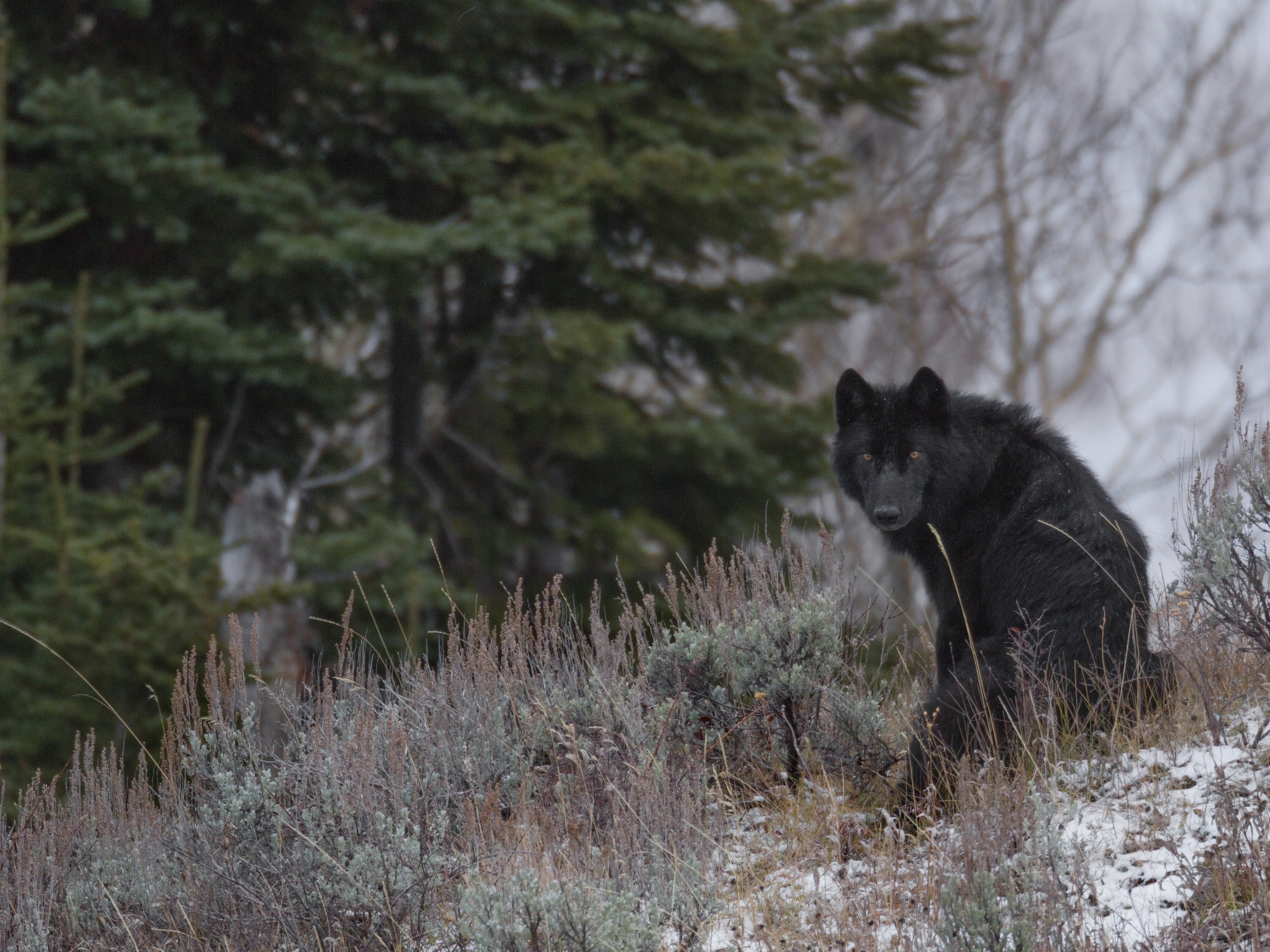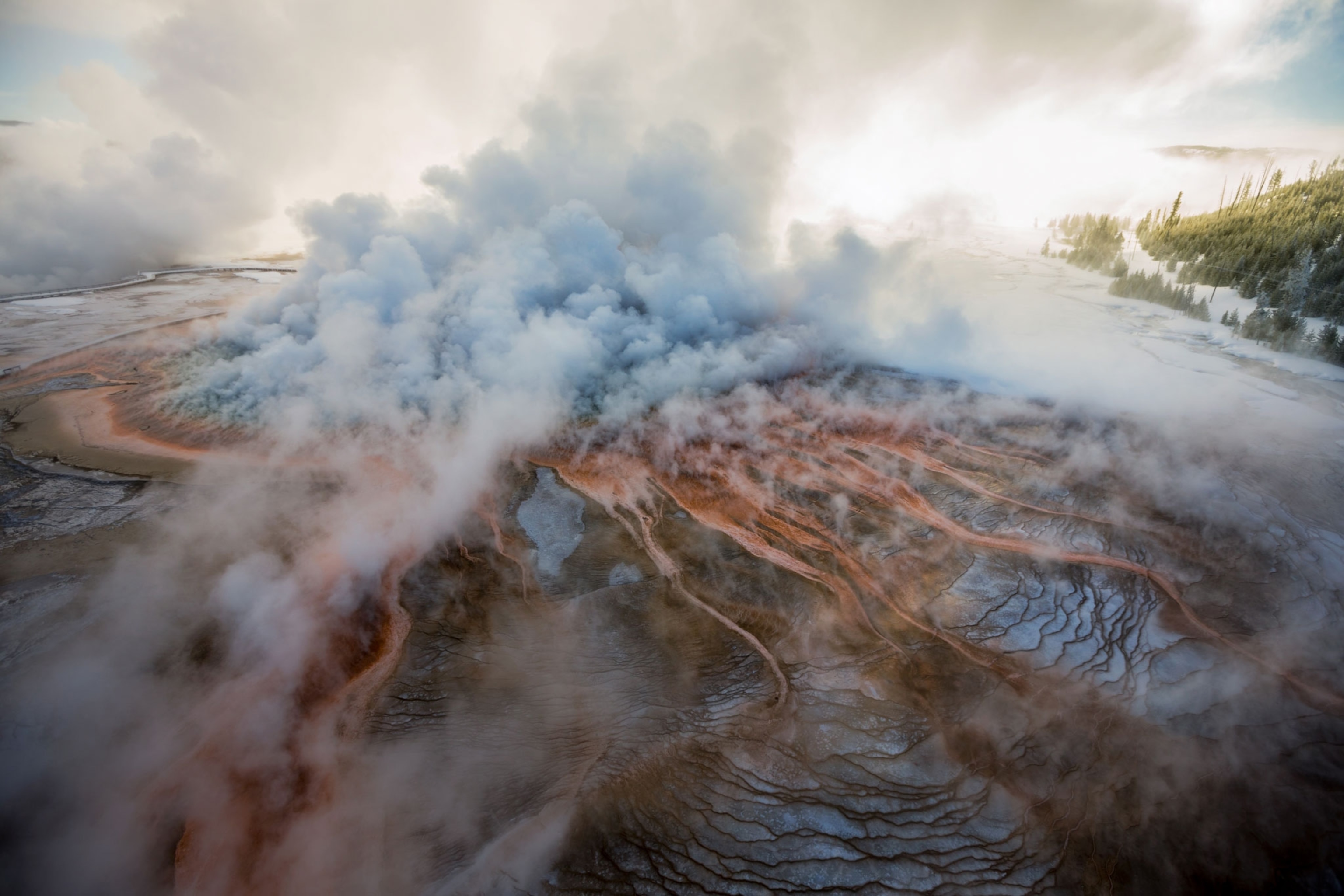
The Mighty Microbes of Yellowstone
Scalding water is home to what microbiologists call extremophiles, heat-loving creatures that have figured in many scientific breakthroughs.
Yellowstone is a great refuge not just for large, charismatic creatures but also for microscopic ones. Its 10,000 hydrothermal features—steamy vents, sulfurous mud pots, hot springs—support a broad diversity of microbes. Among them, unusual creatures that microbiologists call extremophiles, which have figured in significant scientific discoveries.
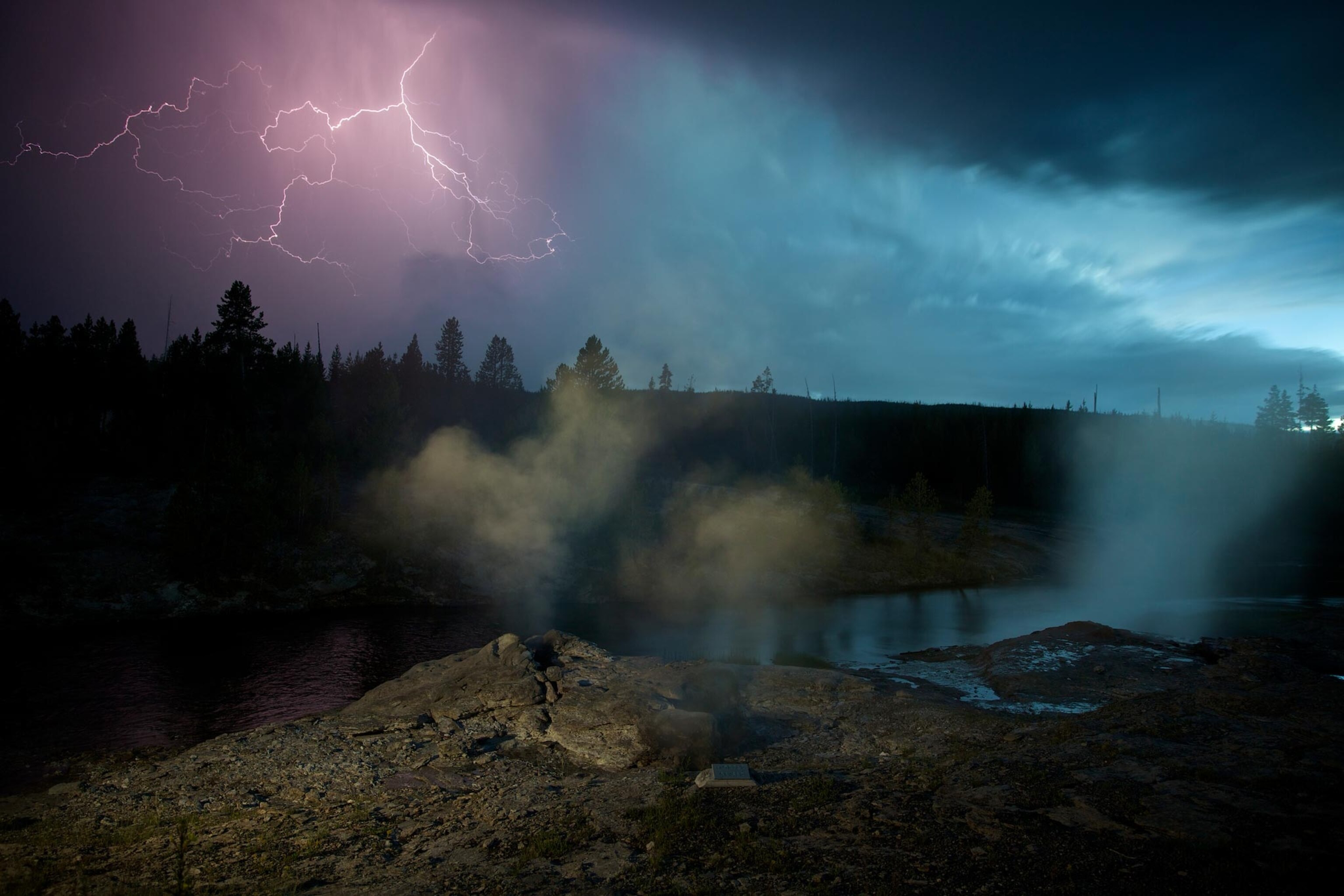
In 1965 Thomas Brock of Indiana University noticed “pink gelatinous masses of material, obviously biological, at surprisingly high temperatures” in Octopus Spring. These stringy organisms were growing at 180 degrees Fahrenheit, an astonishing feat, at a time when bacterial life was thought impossible above 140. One year later Brock returned with a student named Hudson Freeze, and together they collected a different organism, a yellowish, heat-loving bug that Brock named Thermus aquaticus. Culturing T. aquaticus yielded a DNA-copying enzyme that works at high temperatures—and that enzyme made practical the technique of polymerase chain reaction. Now an essential tool in molecular biology, PCR earned inventor Kary Mullis the Nobel Prize in chemistry in 1993.
About that time University of Colorado microbiologist Norman Pace led a team doing microbial analyses in Yellowstone. In samples gathered at Obsidian Pool, using PCR and other methods, the team found many new life-forms within Archaea, a vast and anomalous domain distinct from bacteria. The park’s role in microbiology’s history had completed a circle: Organism leads to tool, which leads to organism. And the work continues.
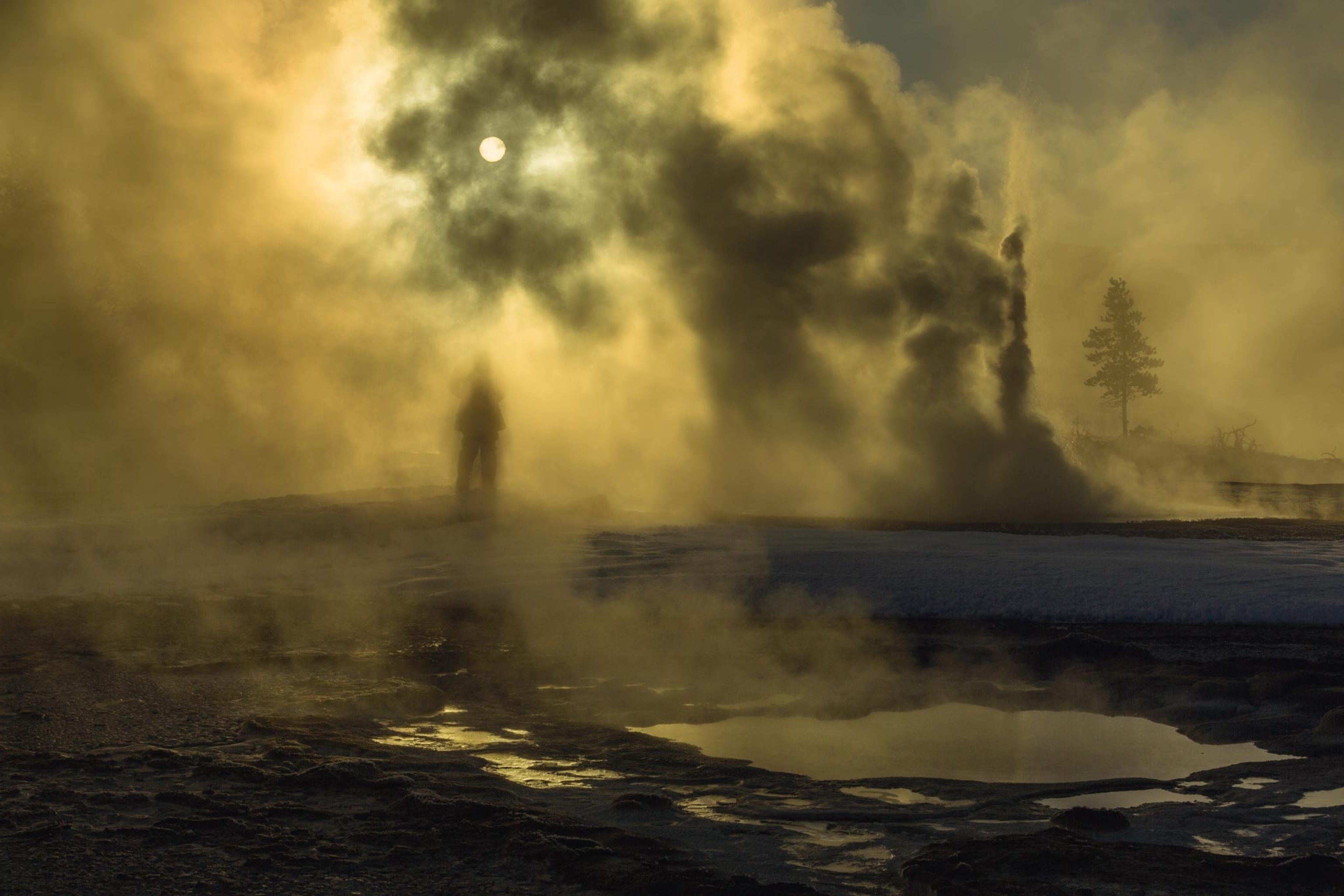
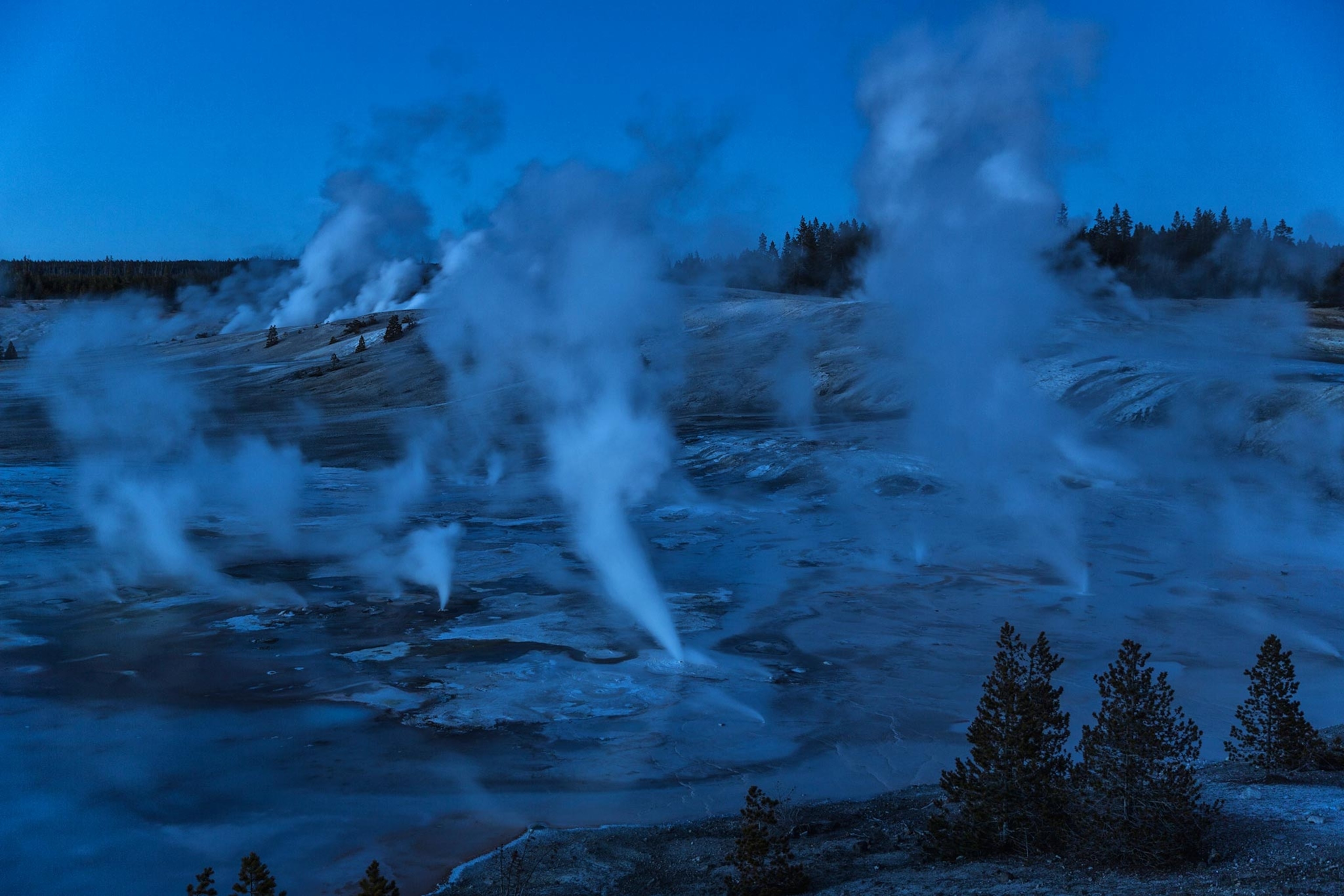
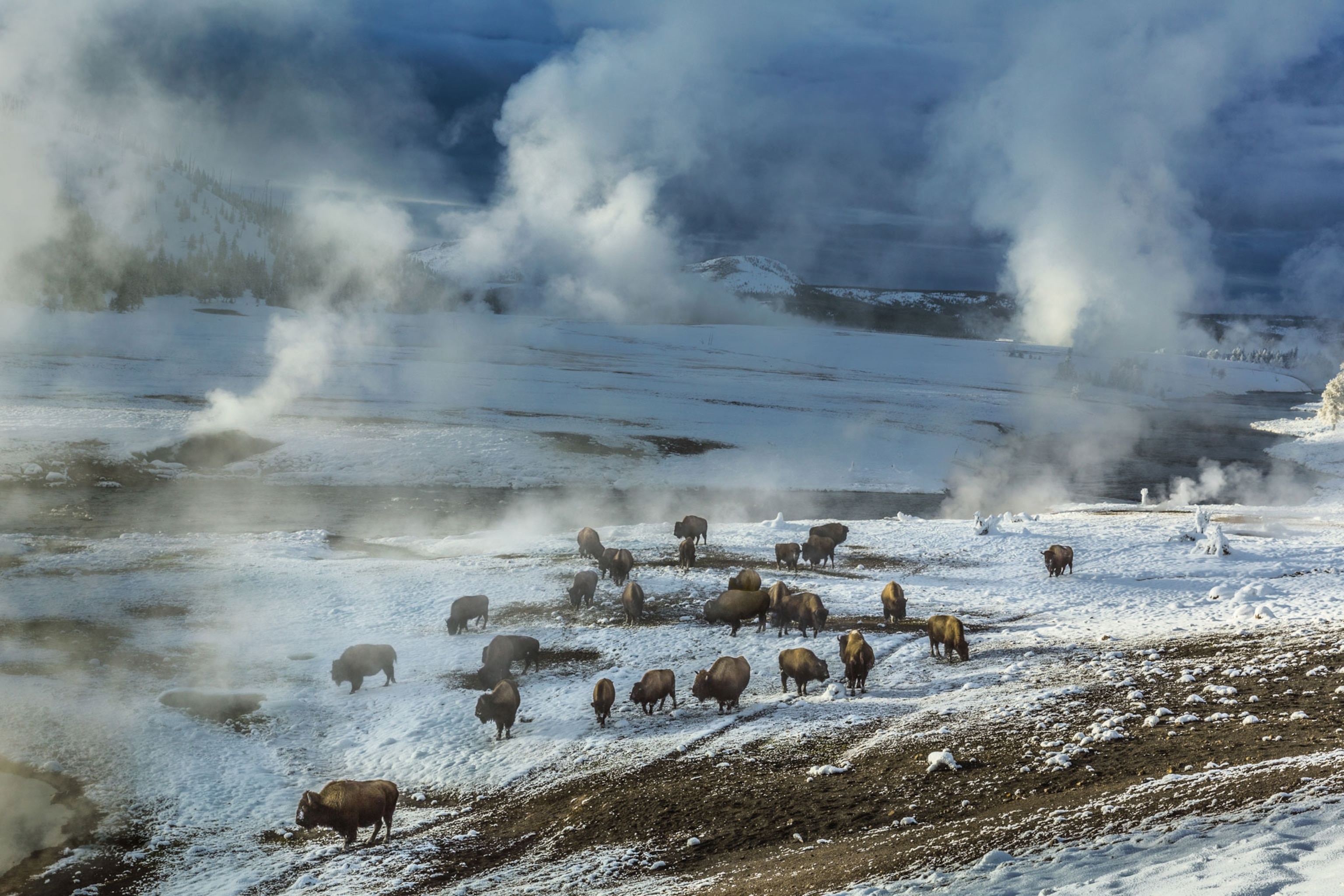


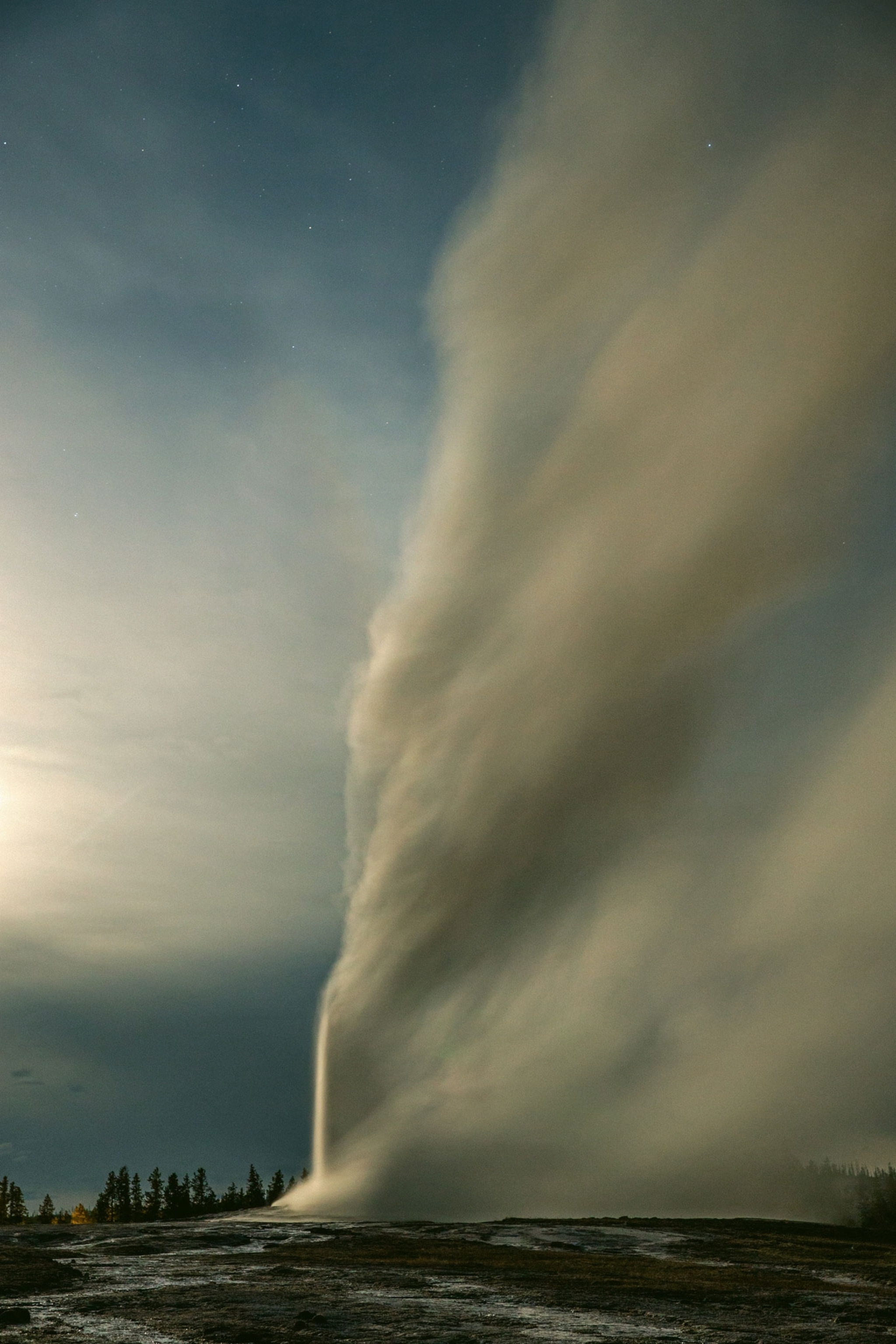
In a spectacular yearlong event, the National Geographic Channel series America’s National Parks will show you the parks’ natural wonders—both big and small—as you have never experienced them before. Learn more about the series.



